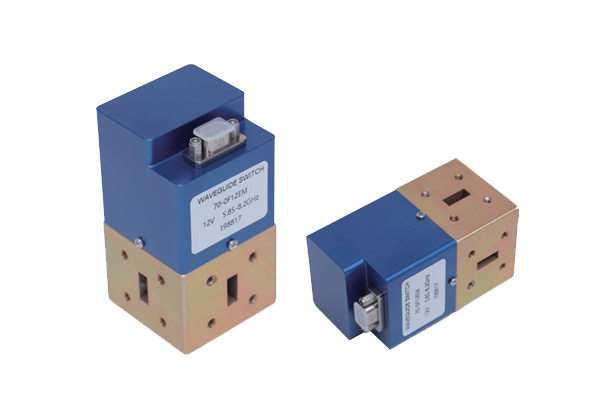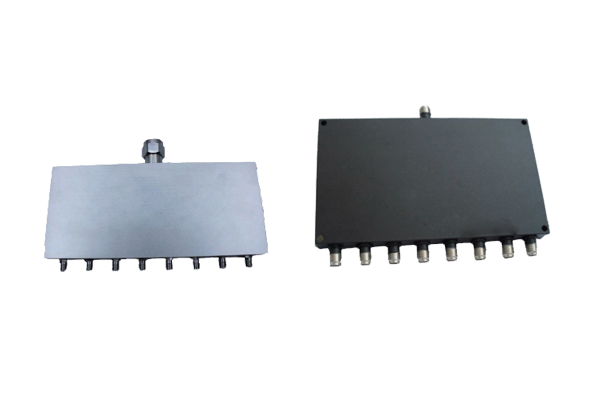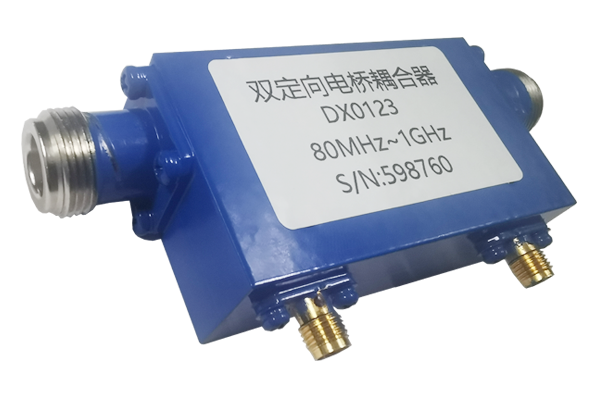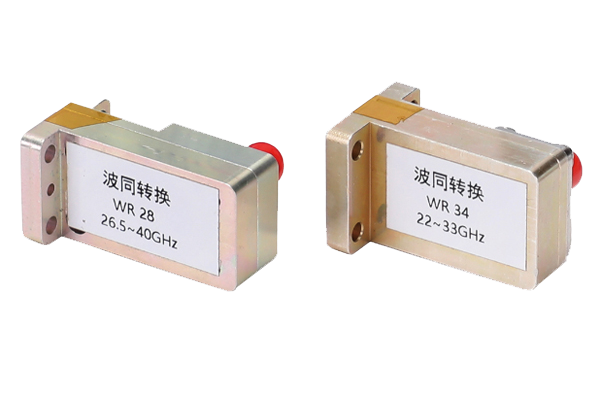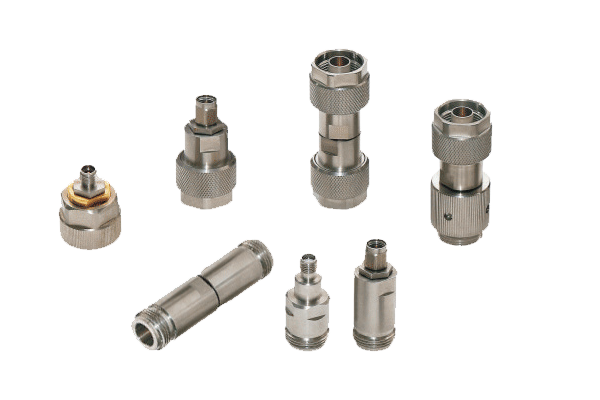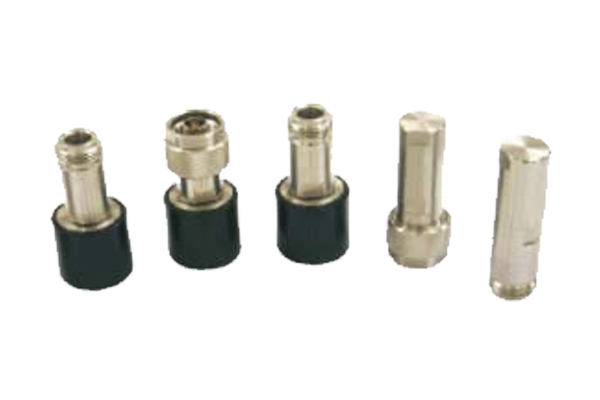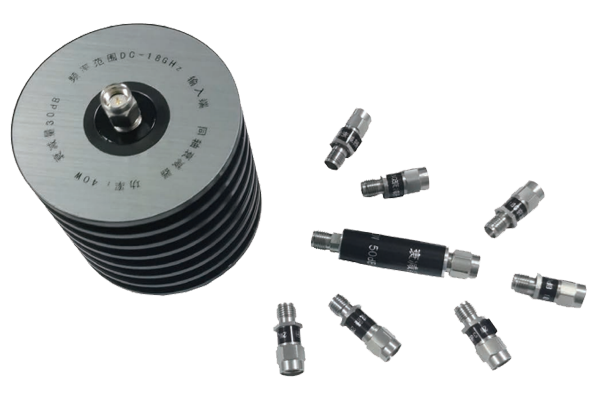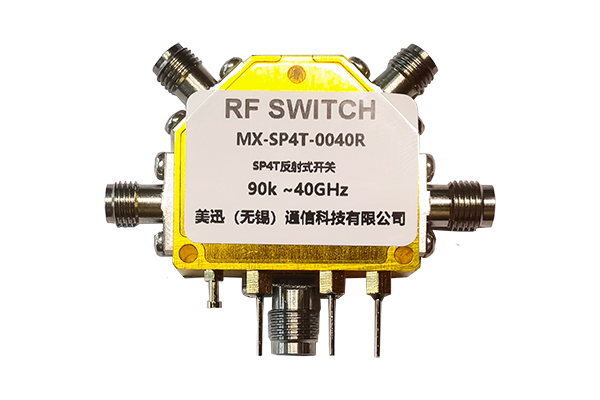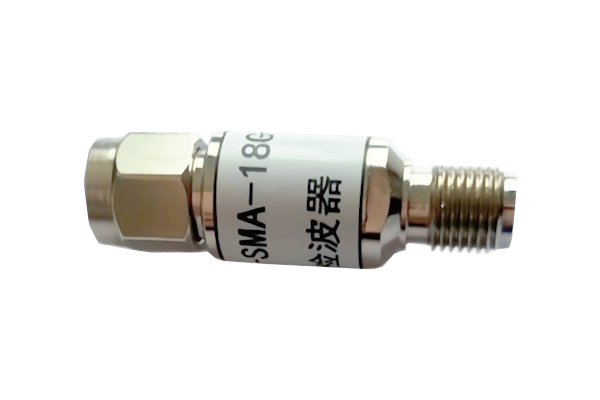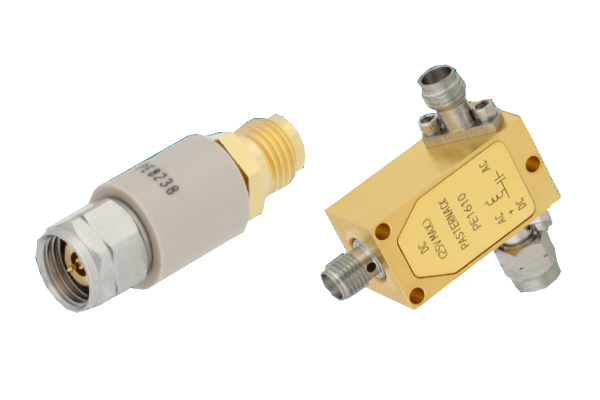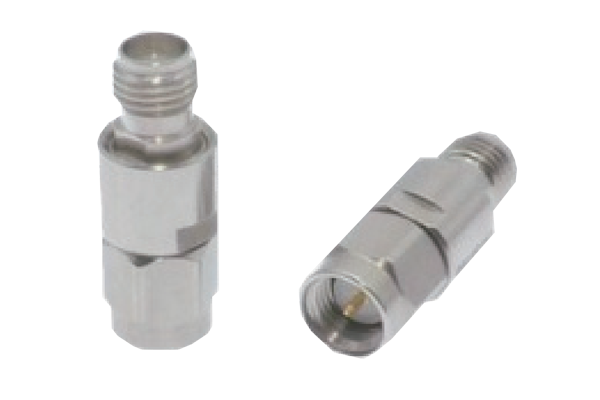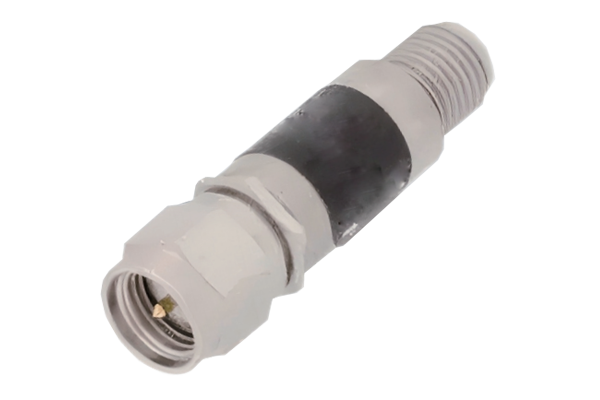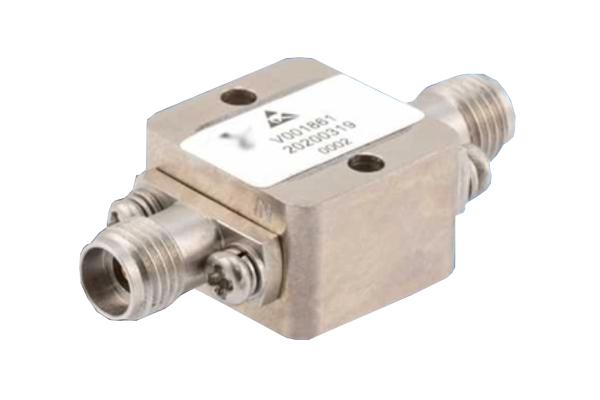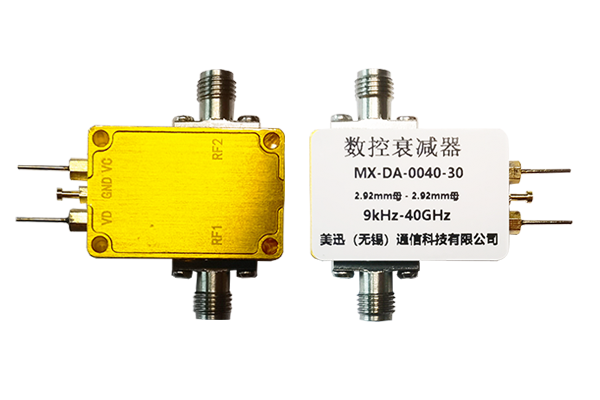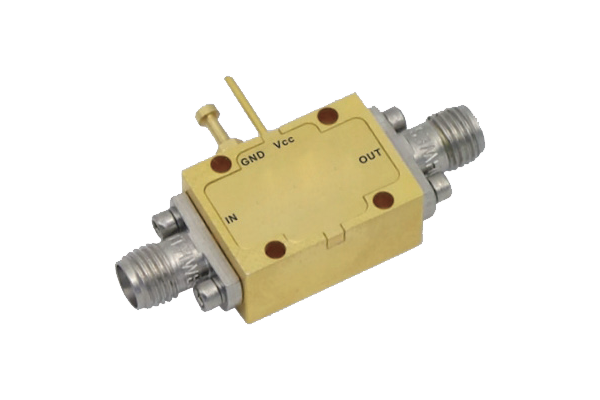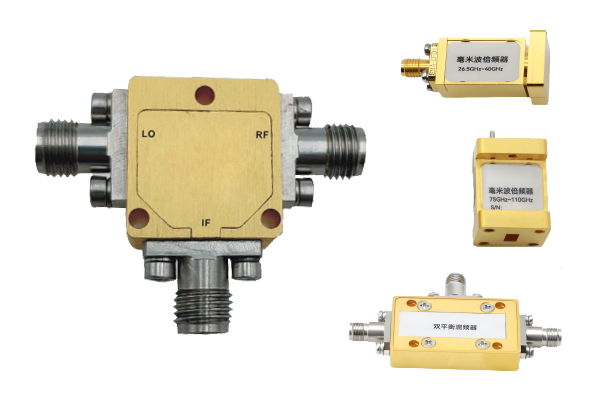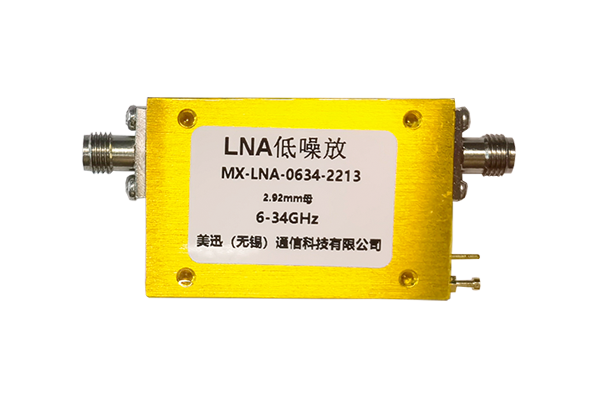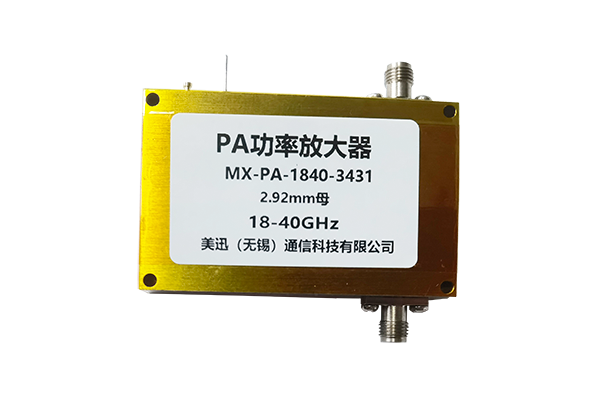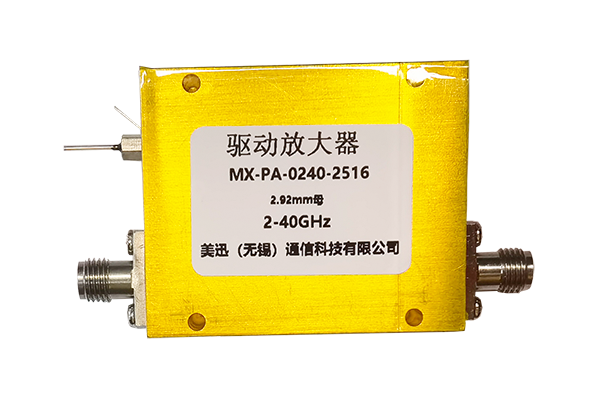What is the difference between waveguide switches and other types of switches
Waveguide Switch Comparison
- Waveguide switches control microwave or millimeter-wave signals through hollow metallic waveguides, using movable components (like plungers or rotating irises) to redirect signals.
- Mechanical relays interrupt or connect electrical currents via physical contacts.
- Solid-state switches use semiconductors (e.g., MOSFETs) to modulate current flow.
- RF coaxial switches manage signals in coaxial cables through contact-based mechanisms.
- Waveguide switches excel in high-frequency environments (1 GHz to 100 GHz+), offering low insertion loss (<0.5 dB) and high isolation (>60 dB).
- Mechanical relays suffer from higher loss and limited bandwidth at high frequencies.
- Solid-state switches face power handling constraints in these applications.
- Coaxial switches degrade in performance above 18 GHz due to signal leakage.
- Waveguide switches use robust materials (brass/aluminum) for harsh conditions (vibration, temperature extremes).
- Mechanical relays wear faster due to delicate contacts with frequent use.
- Solid-state switches are more sensitive to voltage spikes.
- Waveguide switches are essential for high-power, high-frequency systems (radar transceivers, particle accelerators).
- Mechanical relays suit low-frequency power circuits.
- Solid-state switches dominate digital electronics.
- Coaxial switches are preferred for lower-frequency RF systems (Wi-Fi routers, broadcast equipment).
Summary
Waveguide switches are specialized for high-frequency, high-performance signal routing, while other switches cater to lower frequencies, power management, or general electrical switching needs, each optimized for their respective operational domains.




